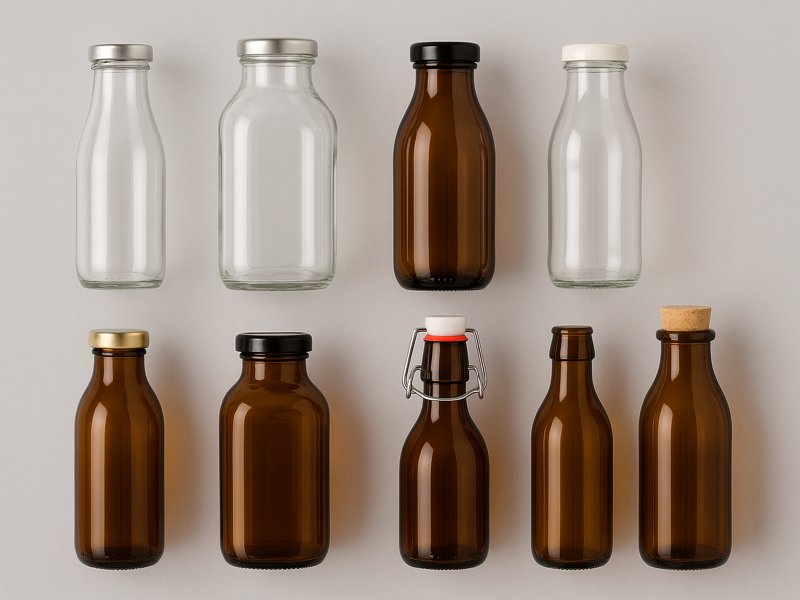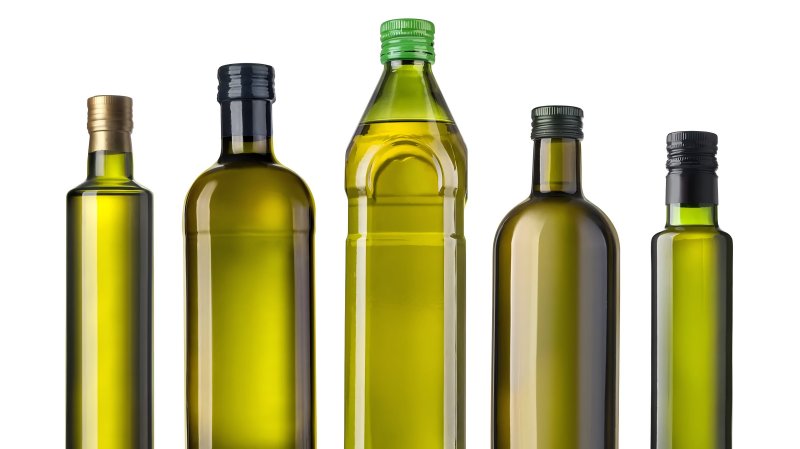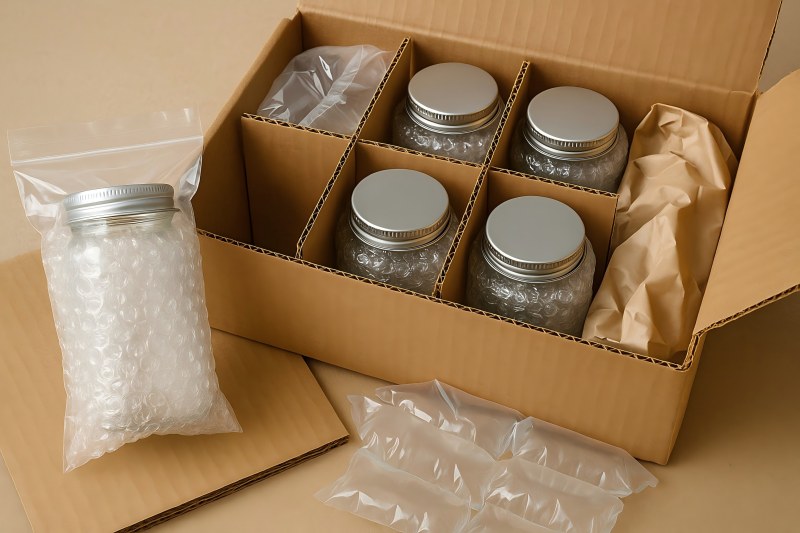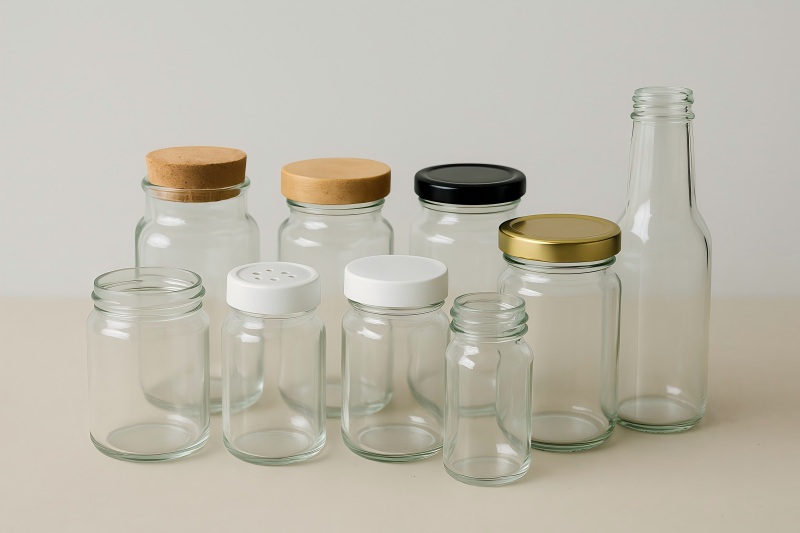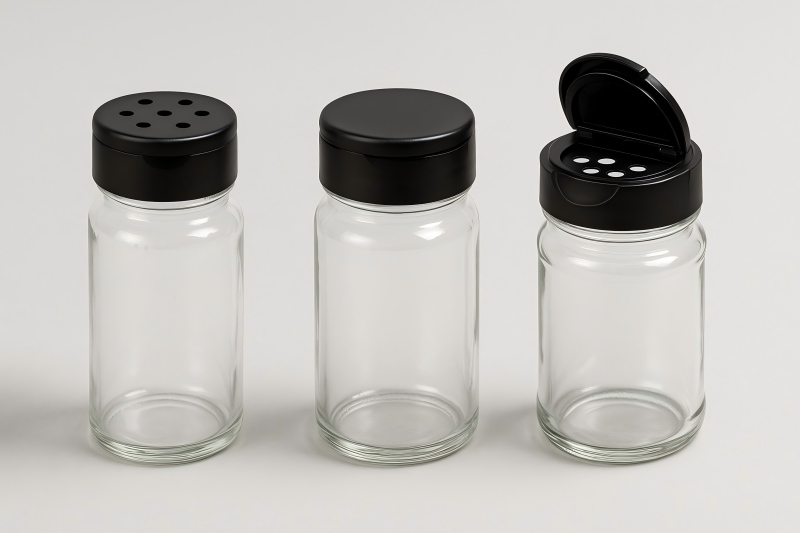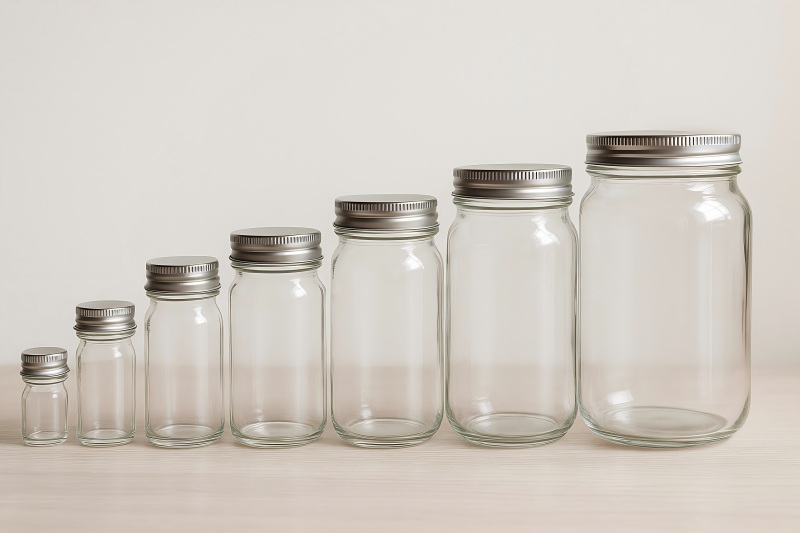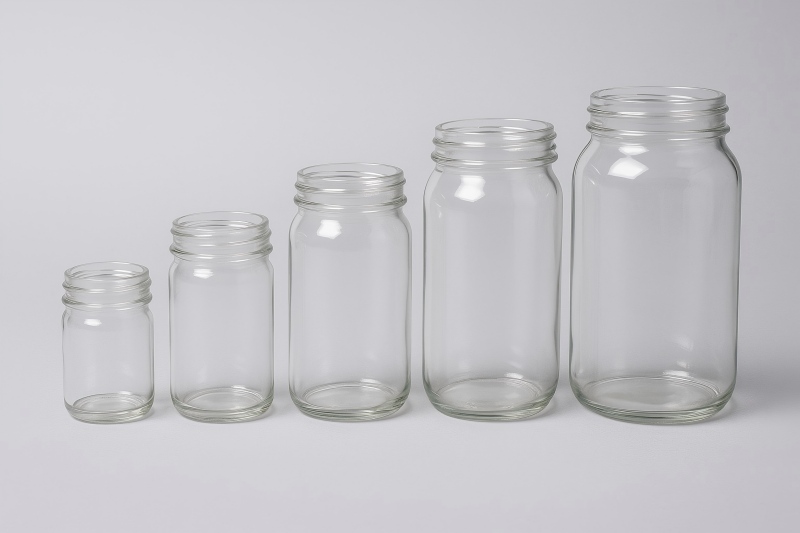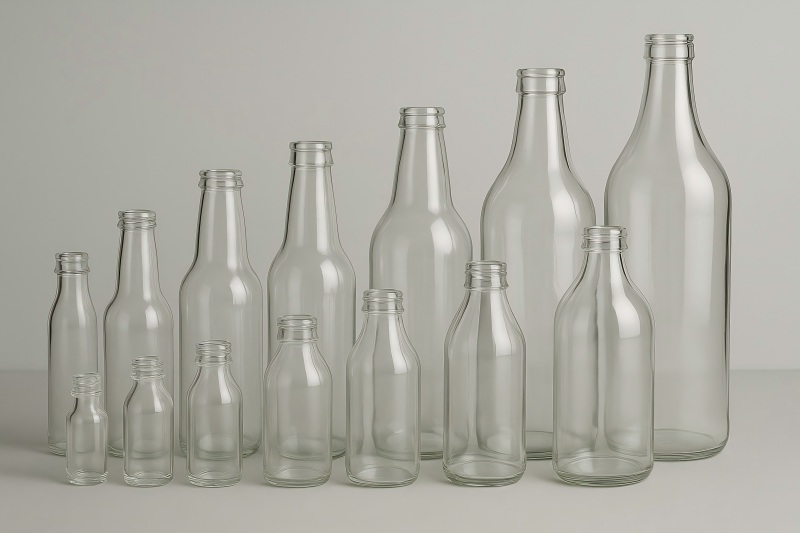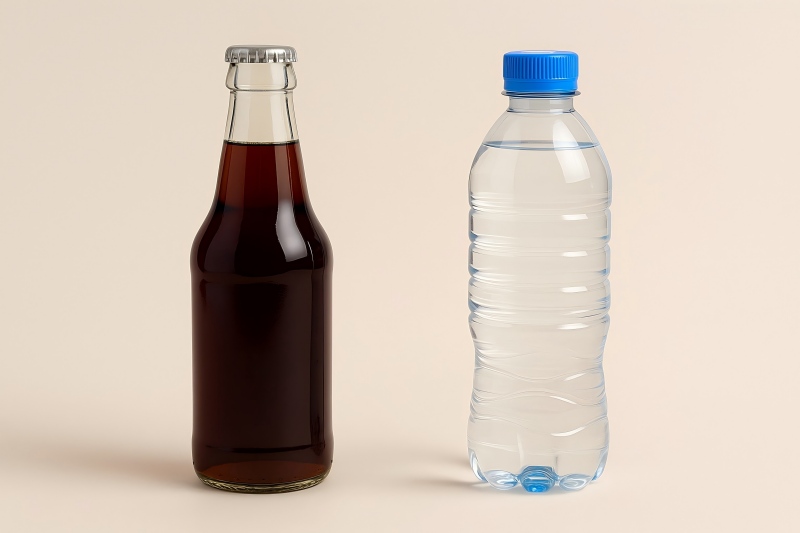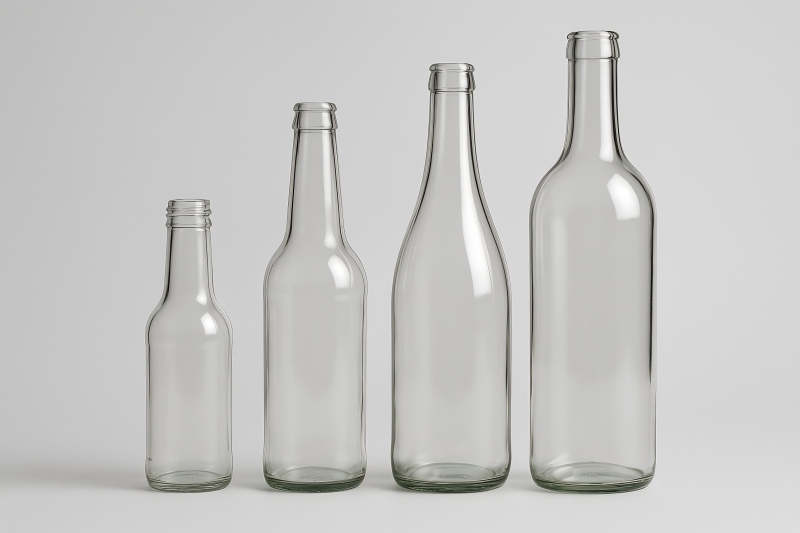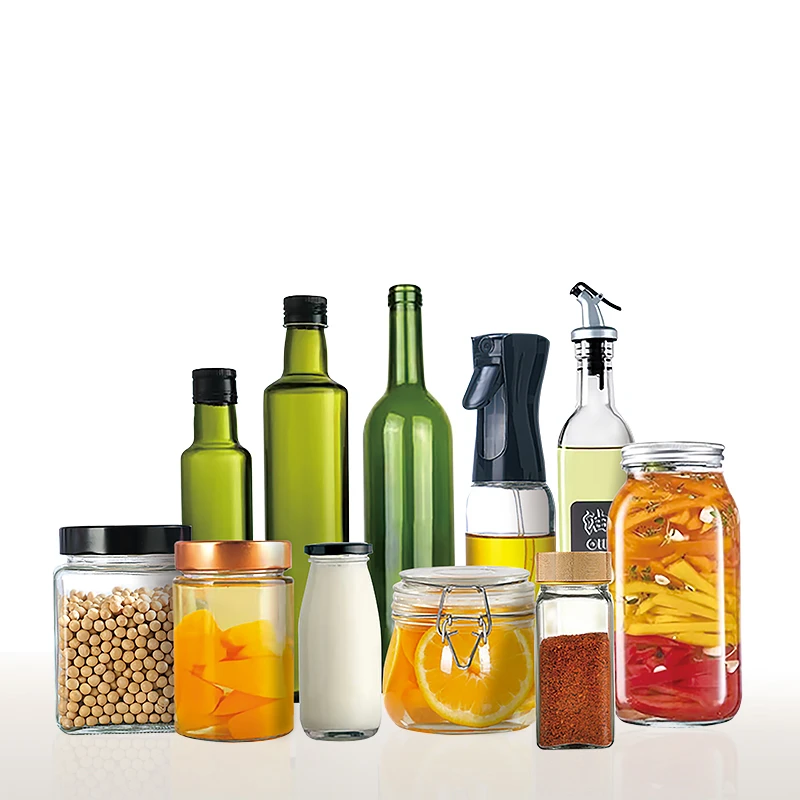How to Source Reliable Wholesale Glass Spice Jar Suppliers?
Glass spice jars are essential packaging components in industries like food, herbal supplements, cosmetics, apothecary goods, gourmet spices, and gift sets. Because they are breakable, food-grade, and often require custom closures or decoration, sourcing them reliably is more challenging than sourcing many standard packaging items.
Key risks include:
- Breakage or transit damage
- Non-food-grade glass or contamination
- Inconsistent dimensions or tolerances (leading to ill-fitting lids)
- Poor quality control or high defect rates
- Supplier fraud or unreliability
- Logistics issues (long lead times, custom/import problems)
Thus, a systematic and diligent approach is necessary to choose trustworthy wholesale glass spice jar suppliers. Below is a step-by-step guide.
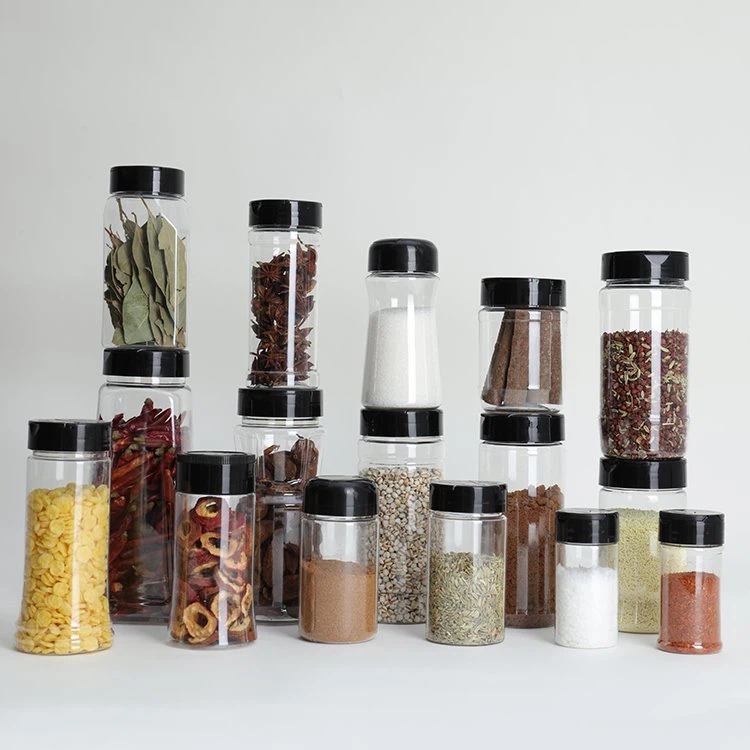
Step 1: Define Your Specifications & Requirements
Before you approach suppliers, clarify your technical, business, and logistical requirements. This will help you filter out mismatches early.
Key specification categories
| Category | Key Questions / Metrics | Why It Matters |
| Glass type & grade | Soda-lime, borosilicate, tempered, color/clarity? | Food safety, thermal shock resistance |
| Jar dimensions & tolerances | Neck finish (e.g. 43-485, 48-485), mouth diameter, body height, wall thickness | Mismatch with lids and automation |
| Closure/lid types | Screw caps, corks, shaker inserts, flip-top, wood, bamboo | Must match vendor’s lid capability |
| Surface finish/decoration | Labeling, screen printing, embossing, coating | Determines cost & supplier capability |
| MOQ (minimum order quantity) | What is the lowest acceptable order? | Many glass suppliers require large MOQs |
| Lead time/production capacity | Days/weeks per batch, max units per month | To ensure supplier can scale with you |
| Testing & compliance | Food grade certification, leach testing, durability, thermal cycling | To ensure safety & quality |
| Packaging/protection/export readiness | Dividers, foam, crate standards, packaging for sea/air | To reduce breakage in transit |
| Geographic/logistical constraints | Proximity, import tariffs, shipping costs | To optimize cost & risk |
Once you have this spec sheet, you can systematically approach suppliers and eliminate those who can’t meet your baseline.
Step 2: Find Candidate Suppliers & Sources
With your specification in hand, you need to locate a pool of potential wholesale glass spice jar suppliers. Here are the major sourcing channels:
Trade Platforms & Marketplaces
- Alibaba, Global Sources, Made-in-China, 1688—major platforms for sourcing Chinese glass jar manufacturers.
- IndiaMART — particularly if you want Indian glassware
- Thomasnet (for North America) — helps find U.S./Canada/Mexico based manufacturers.
- Global B2B portals, sourcing networks — trade shows, packaging directories
Trade Shows & Industry Fairs
Attending fairs gives you face-to-face access, factory visits, and physical product inspection. Examples:
- Packaging/food packaging expos
- Glassware trade fairs
- Regional trade fairs in China, India, Vietnam
Industry & Packaging Directories / Associations
- Glassware associations, packaging federations
- Packaging directories & trade directories
- Online listings like “Top spice jar manufacturers” — e.g., YBBottles listing top glass spice jar manufacturers
Referrals, Word of Mouth, and Local Distributors
- Ask peers in the spice, food, cosmetics industries
- Local packaging distributors who already import glass jars
- Packaging brokers who have vetted vendor networks
Local/National Suppliers
- Domestic glass container manufacturers (if your market supports “Made in USA/locally made”)
- Regional competitors or co-packers that use jars and might be selling spare capacity
- By combining those sources, you can create a list of dozens (or more) potential suppliers.
Step 3: Preliminary Filter & Shortlist
Once you have a candidates list, you need to filter down to a manageable shortlist (say 5–10) for deeper vetting. Use these quick filters:
- Does the supplier match your basic spec (jar neck finish, glass type, etc.)?
- Do they provide food-grade certificates, quality guarantees, or third-party test reports?
- Do they list references, existing clients, or show photos of their factory?
- Do they state MOQs and sample policies?
- Check whether their pricing, lead times, and shipping terms look realistic (if extremely low, it may be a red flag)
This filtering helps you avoid chasing suppliers who clearly cannot meet your needs.
Step 4: Due Diligence & Verification
This is the most critical phase. It separates the reliable suppliers from the risky ones.
Business Registration & Legitimacy
- Ask for the supplier’s business license, registration documents, tax ID, import/export license
- Verify their registration through local government, chamber of commerce, or trade authority
- Confirm their physical address, phone number, and contact details
- Check for mismatches (e.g., website says one address, registration another)
Financial & Credit Assessment
- Ask for financial statements or proof of solvency
- Use business intelligence tools or credit bureaus to check risk
- Avoid suppliers who are undercapitalized or have negative financial indicators
Factory Audit / Virtual or In-Person Visit
- If feasible, perform an on-site audit or hire a trusted third-party inspection agency.
- Check production lines, capacity, quality control, storage, worker conditions
- Request a video tour or livestream to inspect machinery, operations, and warehouse
Sample Orders & Quality Testing
Order sample jars (with the exact specs, closure, decoration)
Perform tests:
- Dimensional / tolerance testing
- Leak/seal test
- Drop or shock tests
- Thermal cycling (if your application involves temperature changes)
- Food-contact leach / chemical safety tests (if required)
Inspect defects, consistency, tolerances
Reference Checks & Client Testimonials
- Ask the supplier for references of other buyers and contact them
- Check reviews on B2B platforms or forums
- Search for complaints or negative feedback in trade forums or online (e.g. Reddit, Alibaba forums)
Certifications & Compliance
- Food-grade certifications (e.g. FDA, LFGB, EU food-safe, etc.)
- ISO standards (ISO 9001, ISO 14001, etc.)
- Environmental, safety, and labor compliance (e.g. BSCI, SA8000)
- Test reports from independent labs
Supply Chain & Risk Assessment
- Evaluate their geographic risks (natural disaster zones, political instability)
- Evaluate logistical reliability (port proximity, shipping reliability)
- Make sure they have contingency or backup capacity
According to Importivity, five proven strategies to verify supplier reliability are: background checks, financial evaluation, quality audits, performance monitoring, and technological integration.
Also Veridion emphasizes legal status and risk assessment in supplier vetting.
Step 5: Negotiation & Contract Structuring
Once you have narrowed to a few trustworthy candidates, you negotiate terms and lock in safeguards.
Key items to negotiate/include:
Pricing Structure & Payment Terms
- Tiered pricing (larger volumes = lower cost)
- Clear definitions (FOB, EXW, CIF, DDP)
- Payment terms: e.g. 30% deposit, 70% before shipment or after QC
MOQ & Incremental Ordering
Define smaller reorder minimums if possible
Lead Time & Penalty Clauses
Define clear deadlines and penalties for late delivery
Quality Standards & Defect Allowance
- Define acceptable defect rates (e.g. < 1%)
- Include rejection, replacement, or refund terms
Inspection & Acceptance Protocols
- Third-party inspection rights prior to shipment
- Sampling plan and rejection mechanism
Intellectual Property & Confidentiality
Non-disclosure of your designs, logos, formulas
Liability & Indemnification
Responsibility for breakage, damage in transit, compliance
Logistics & Packaging Terms
Define packing standard, cushioning, container loading plan
Dispute Resolution & Jurisdiction
- Choose arbitration or court venue, governing law
- Having a well-drafted contract protects you and aligns expectations.
Step 6: Pilot Order & Validation
Before scaling up, place a pilot order (a moderate volume) to validate the whole system:
- Use the sample-validated design
- Run through full logistics (order, factory production, inspection, shipping)
- Monitor delivery times, breakage rates, compliance
- Evaluate supplier responsiveness, transparency, flexibility
If pilot goes well, you can confidently scale.
Step 7: Ongoing Quality Monitoring & Supplier Management
Once you begin regular orders, maintaining the relationship and monitoring consistency is key.
Performance metrics & KPI tracking
| KPI | Metric | Target / Acceptable Range |
| On-time delivery rate | Percentage of shipments meeting agreed date | ≥ 95% |
| Defect/breakage rate | Number of damaged jars / total units | e.g. < 0.5% |
| Quality deviation count | Number of batches out of spec | Minimal |
| Communication responsiveness | Response time (hours/days) | < 24 hours |
| Capacity utilization | How fully they can scale | Healthy slack capacity |
| Cost changes over time | Price changes/negotiation flexibility | Reasonable and justified |
Periodic audits & inspections
- Random inspections or third-party factory audits
- Mystery-buy or blind sample testing
- Spot-checking dimensions, jars vs. historic samples
Cross-sourcing & backup suppliers
- Always maintain at least one backup supplier
- Rotate some orders among multiple suppliers to reduce dependency
Continuous improvement dialogues
- Share feedback with supplier
- Co-develop improvements (e.g. reduce breakage, better designs)
- Reward good performance (higher volumes, priority orders)
Example Suppliers & Market References
These are real-world glass spice jar suppliers or packaging companies you can examine as benchmarks:
- Huajing (China) — offers wholesale glass spice jars with customizable designs, various sizes, and supports private labeling.
- TricorBraun — offers bulk glass spice jars in U.S. market.
- Berlin Packaging — Offers various glass jars and provides complete packaging support services.
- Kaufman Container — supplies wholesale glass and plastic spice jars; offers customization.
- Fillmore Container — a U.S. company with a broad catalog of glass jars and close shipping.
- Green Earth Packaging — offers eco-friendly glass herb & spice jars in bulk.
These suppliers often allow you to analyze their MOQ, quality, lead time, packaging, and service to get a sense of market norms.
Common Pitfalls & How to Avoid Them
| Pitfall | Risk | Mitigation |
| Ultra-low quotes from unknown suppliers | Low quality, fraud | Flag unusually low quotes; insist on samples and audits |
| Lack of food-grade or compliance documentation | Regulatory risk, product recall | Require valid test reports and certifications |
| Poor packaging and high transit damage | Loss, returns, customer complaints | Define export-level packaging standards clearly |
| Supplier overcommitment and inability to scale | Delays, broken promises | Audit capacity, stagger volumes, maintain backups |
| Single sourcing dependency | Supply interruption risk | Always have alternative suppliers |
| Miscommunication due to language or time zone | Errors, delays | Use clear specifications, frequent alignment, bilingual staff |
| Changing terms mid-contract | Unfair costs | Lock key terms in contract and maintain communication |
Checklist Summary: From Sourcing to Scaling
- Define full technical & business specs
- Research and compile a broad supplier list
- Apply preliminary filtering
- Conduct in-depth due diligence (audit, sampling, references)
- Negotiate terms and legal contracts
- Execute pilot order with full logistics
- Monitor KPIs, feedback and scale up
- Maintain backup suppliers and continuous improvement
Conclusion
Sourcing reliable wholesale glass spice jar suppliers is a nontrivial but entirely manageable process if approached methodically. The keys are:
- Having detailed specs
- Vetting suppliers thoroughly
- Structuring contracts to protect you
- Testing small before scaling
- Monitoring performance and diversifying supply
By following the step-by-step framework above and using the examples and checklists, you can reduce risk, build long-term supplier relationships, and consistently source high-quality glass spice jars that meet your needs.

